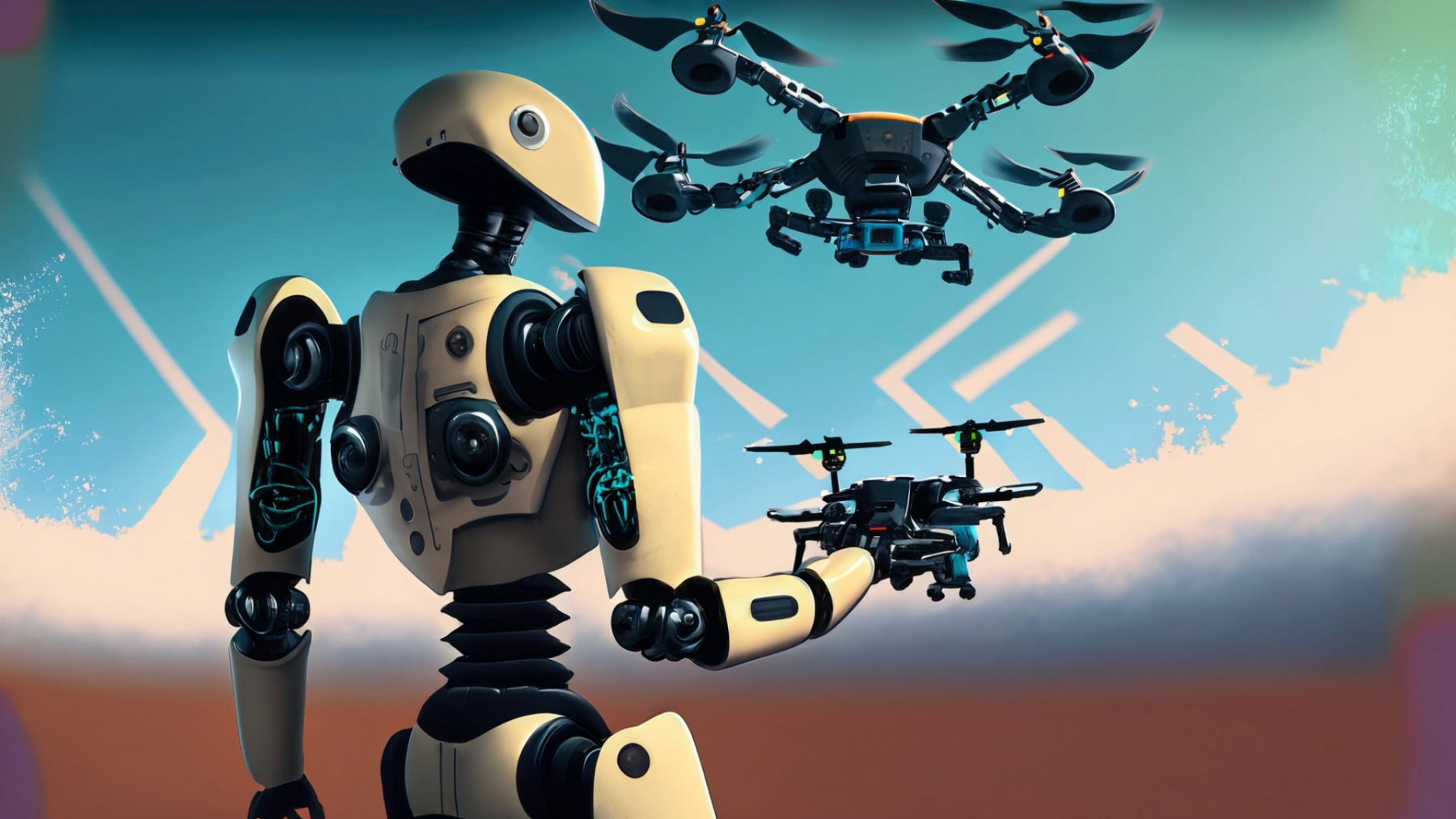
Drones: Using English as a Programming Language
by Nicholas Valdez
Students will learn the importance of clear, precise communication by directing a partner to navigate a drone through an obstacle course. This exercise will draw parallels to writing clear and unambiguous code in programming.
Students will be in pairs of 2, one acting as the drone operator the other as the "programmer." Students will focus on using clear communication where the programmer instructs the operator, whose vision is blocked either by facing backwards or blindfolded, how to navigate a simple obstacle course. The goal is to parallel this to computational thinking.
Lesson Plan Link/URL
https://docs.google.com/presentation/d/18iPcRBXCB3a7h8StYHxcWsfFi2Ovd_xA/edit?u…Subject Area
Science Physical Science P2: Objects at a Distance P3: Net Force Technology 1. Empowered Learner 2. Digital Citizen 5. Computational Thinker Engineering S3: Apply Mathematics to Engineering S5: Apply Technology to Engineering S6: Apply Communications to Engineering Mathematics Geometry (G) English Language Arts (ELA) Speaking & Listening
Featured
Off
Related Content

Grades:
6th Grade, 7th Grade, 8th Grade
In this hands-on engineering and science project, students will become earthquake engineers tasked with designing and constructing earthquake-proof structures using toothpicks and mini marshmallows

Grades:
9th Grade, 10th Grade, 11th Grade, 12th Grade
An investigation into the function and uses of solar panels in agriculture - Agrivoltaics. Exploring how to get the most efficient use of your solar panels for your gardens.

Grades:
6th Grade, 7th Grade, 8th Grade
In this lesson, students will explore the concepts of gear ratios and proportions. They will construct a working gear system and observe how the ratio between gears affects their motion. They will use